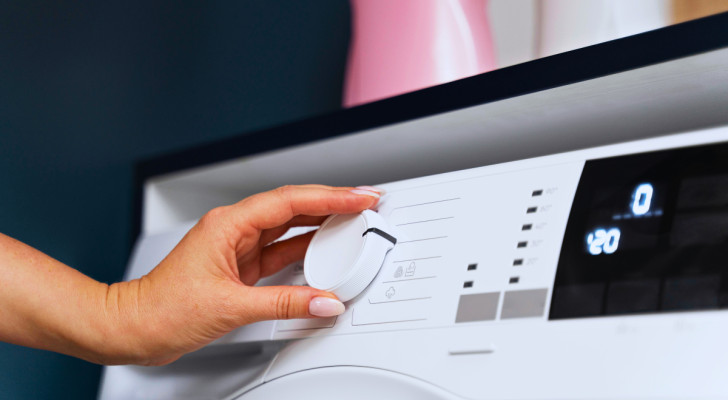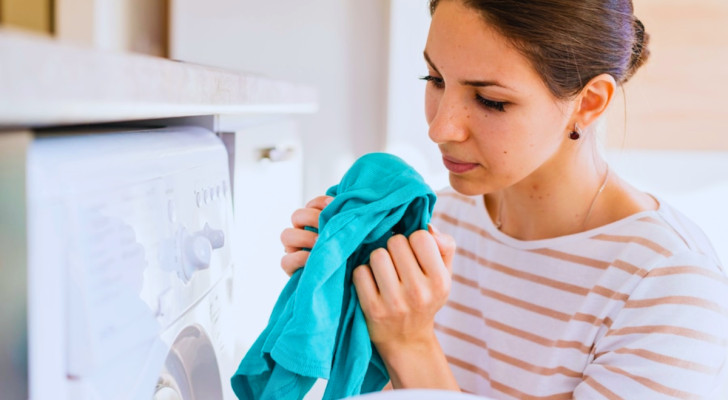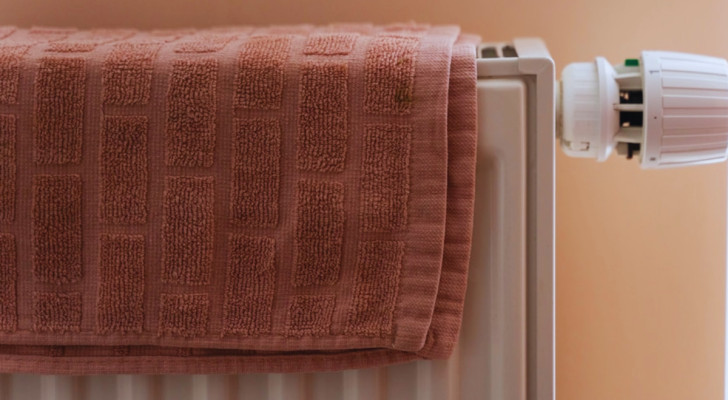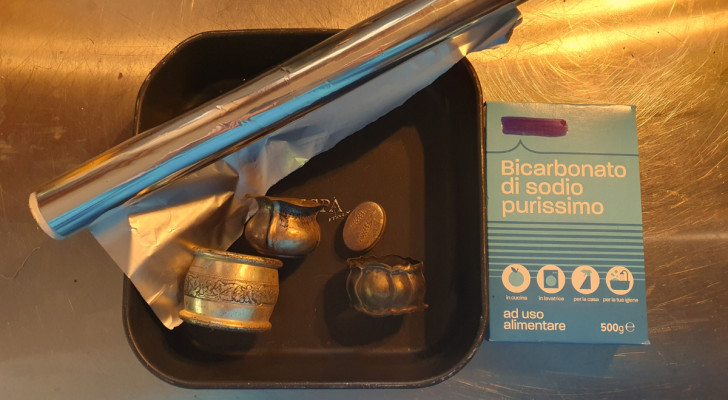Cleaning the shower head: how to unclog the two, main model types
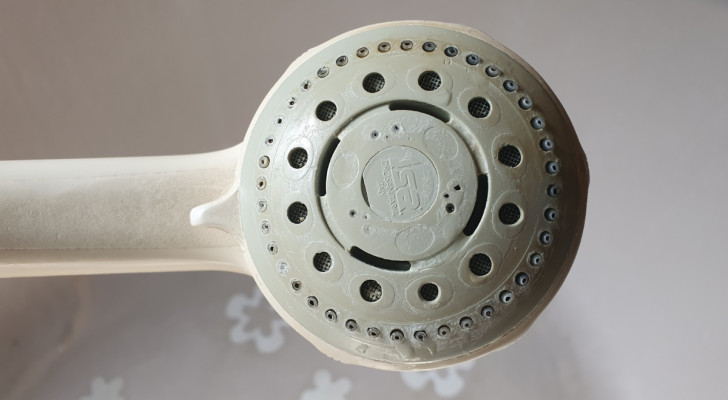
The continuous of a shower head inevitably leads to clogging of the nozzles. The main culprit is limescale, but other organic substances can be present too. There are several methods you can use to clean and unclog shower heads, depending on the model type (free or fixed, for example).
The extent of how badly affected the flow of water is will, of course, determine how intensive your cleaning of the head will need to be.
1. Hand-held shower head
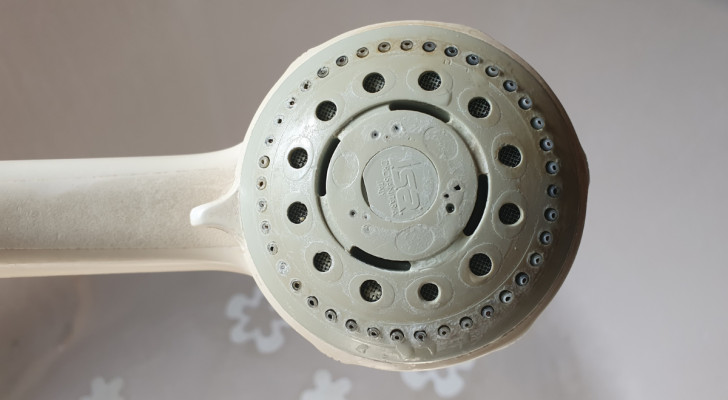
Creativo
A hand-held shower head (typically connected to a flexible hose), can be cleaned more easily than a fixed-head model. Proceed as follows:
Take a basin or bowl large enough to fit the shower head into and fill it with:
- Warm water and white vinegar in equal parts (be careful not to inhale or get too close to the vinegar fumes), or;
- Hot water with 2 or 3 tablespoons of citric acid (be careful not to touch the acid with your hands, as it is a corrosive substance). Use gloves and, if the acid comes into contact with your skin, rinse off quickly.
Leave the shower head to soak for 30-45 minutes and then use a soft-bristled toothbrush to remove the dislodged limescale and grime.
For a deeper clean, remove the shower head from the water pipe and dismantle it into its component parts (if you can). Soak these parts in one of the above solutions, as described above. Once cleaned, reassemble the shower head and you should be good to go.
2. Fixed, wall-mounted shower heads
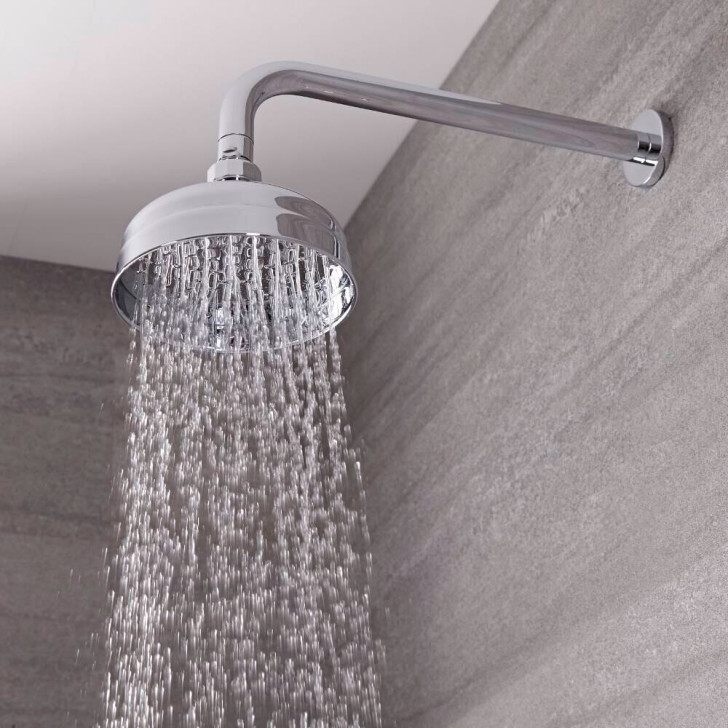
For fixed, wall-mounted shower heads, the cleaning solutions describe above can be used. However, for fixed shower heads, the solution needs to be poured into a plastic bag. This plastic bag then needs to be put over the shower head (immersing it in the solution) and secured in place with elastic bands/duct tape. Allow to soak and clean off, as described above.
Again, if you can dismantle the shower head, we advise you to do this for a deeper cleaning.
Useful tips
When it comes cleaning and maintaining shower heads, it is best to remember the following:
- Metal heads are longer-lasting and will not clog up as easily as plastic ones;
- Avoid using bleach: studies have found that showers cleaned with bleach-based solutions allow for the growth of potentially harmful micro-bacteria (staphylococcus aureus, for example);
- Avoid using abrasive tools, such as brushes with hard bristles or steel wool;
- Reduce the quantity of citric acid used, or the exposure time to vinegar, if the nozzles are rubber (to avoid the acid eroding them);
- For a mild clogging issue, you can consider using a needle or toothpick to unclog nozzles. Be careful doing this to avoid damage to the shower head or making things worse by pushing limescale further inside the head.
As for cleaning frequency, it is advisable to do this once every month/six weeks (or, of course, whenever your shower head is under-performing).


